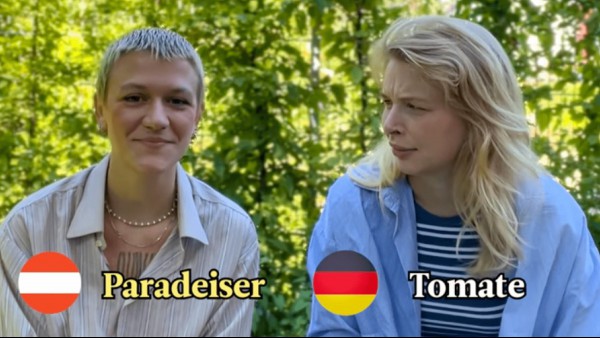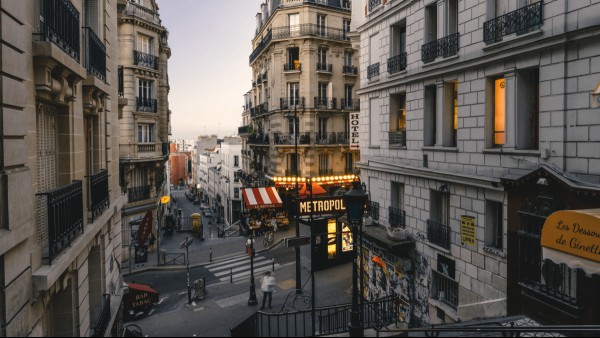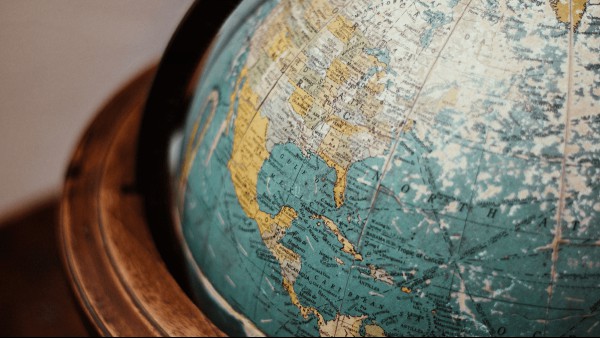A Brief History Of Puerto Rico
When we hear of Puerto Rico, often the first things that come to mind are its beautiful beaches, blue seas and warm weather. It was a long road for Puerto Rico to become as iconic as it is today, but the question is how? The island has a cultural history that has influenced its identity, such as Boricua, a term you may have heard before. Let’s take a look at what started it all, how the island got its name, and what the term Boricua is all about in this short history of Puerto Rico.
Who are the Taíno?
The beautiful island we now know as Puerto Rico wasn’t always called that. The island was initially discovered by an indigenous group called the Taíno, who lived there for thousands of years. This original population called the island Borikén (also written Boriquén), which means “the great land of the brave and noble lord.” In Borikén they lived everyday life in yucayeques (small villages), under the guidance of their caciques (leaders). The daily routines of the Taíno consisted of fishing, hunting, and farming, growing crops such as sweet potatoes, pineapple and yucca. According to archaeological research, it’s estimated that between 30,000 and 50,000 Taíno lived on the island before the arrival of the Spanish.
How did Puerto Rico get its name?
During Christopher Columbus’s second expedition to the New World in 1493, he arrived on the island for the first time and met the Taíno. The indigenous population showed Columbus around the island as well as the natural resources and gold in their possession, hoping that they could form alliances with Columbus and the Spanish to protect the island. The Spanish had their own plans to take over the island and its resources, however, and that’s what happened. Columbus changed the name of the island, previously named by the Taíno, from Borikén to San Juan Bautista.
In 1508, Juan de León first arrived on the island as an explorer, and it wasn’t until the 1520s that he established the first settlement, named San Juan, which we know today as the capital of Puerto Rico. San Juan became a useful military outpost for Spain, as they were receiving attacks from the Dutch, the English and the French who were all trying to take possession of Puerto Rico. At the same time, the name of the island was changed for the second time, and San Juan Bautista officially became Puerto Rico.
The impact of Spanish rule on the Taíno
Despite attempts by the Taíno to resist the Spanish and protect their island, they were in the end subjugated by Juan de Leon. The Spanish then produced cattle and other crops, such as sugar cane, tobacco and coffee, which led to a high demand for labor and the importation of slaves. Meanwhile, the Spanish also brought European diseases with them. Both slavery and these European diseases caused a high mortality rate for the Taino population, and according to the 1530 census, only 1,148 Taíno were reported to still live in Puerto Rico.
The liberation of Puerto Rico
It wasn’t until the Spanish-American War that Puerto Rico won its freedom from Spanish rule, with the help of the United States. With the Treaty of Paris of 1898, Spain agreed to cede Puerto Rico to the United States. In 1917, Puerto Ricans officially gained U.S. citizenship, and a few decades later in 1952, the island became a commonwealth of the United States, allowing Puerto Rico to draft its own constitution and granting more powers of self-government. It is now an unincorporated U.S. territory, and Puerto Rico’s relationship with the United States is complicated.
The Taíno culture today
If there’s one thing we should take away from this, it’s that the Taíno are still remembered for their efforts to protect their paradise and shape Puerto Rican culture. And speaking of culture, if it were not for the Taíno language, the term Boricua wouldn’t exist. Derived from the original name of the island Borikén, Boricua is used to describe native Puerto Ricans of indigenous Taíno roots.
If you ever hear someone identify themselves as Boricua, you’ll know how much reverence they have for their Taíno ancestors and their traditional culture. There are even Puerto Rican towns that have kept their native names, showing the influence that the Taíno have on the island today. Utuado, Caguas and Mayagüez are some of the smaller towns known by their Taíno names, for example. If you visit Puerto Rico, you’ll also be able to see the petroglyphs, tombs and Taíno caves that show Taino culture is still alive in the story of Puerto Rico.
This article was originally published on the Spanish edition of Babbel Magazine.
RECOMMENDED NEWS

How Similar Are Austrian German And Standard German?
Germans and Austrians are united in the sense that they both speak German. But not all variants of G...

How Many People Speak French, And Where Is It Spoken?
The French language is one of the most widespread in the world. While it’s still highly associated w...

What Are Adverbs?
Have you ever wondered what gives your sentences that extra oomph? What makes your writing more desc...

How Many Languages Are There In The World In 2025?
“I can order my coffee in seven different languages!” This sentence sounds pretty impressive, doesn’...

Does Maths have to be so difficult?
From time to time, parents provide feedback to MOE about their children’s learning of primary schoo...

Navigating the Path to Success: How Vocational and Technical Education Paves the Way
Understanding vocational and technical education Vocational and technical education plays a vital r...
Comments on "A Brief History Of Puerto Rico" :